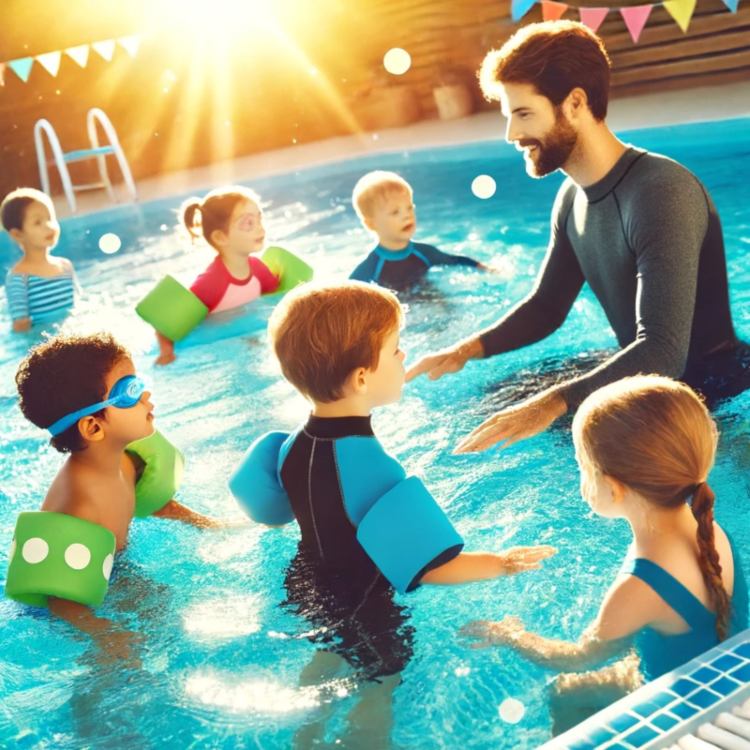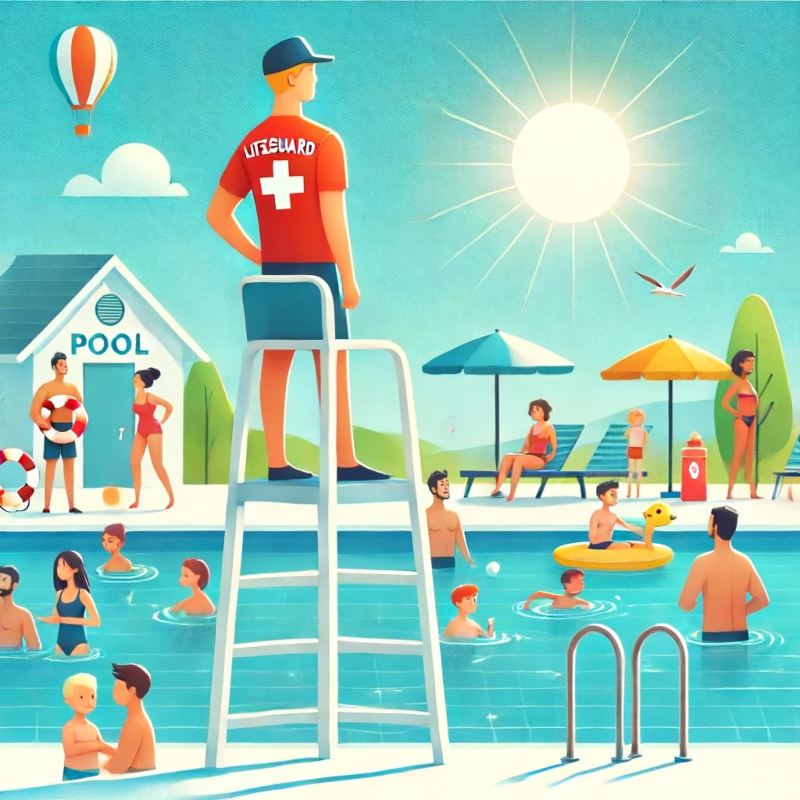Water Safety in the Summertime
Splish, Splash, Stay Safe: Your Guide to Water Safety in the Summer
The article provides valuable information on water safety in the summertime, including pool safety tips for children, drowning prevention measures, emergency room visits related to drowning incidents, specific water safety concerns in El Paso, and key water safety tips for a fun summer.

Introduction: Significance of Water Safety in Summer
As the temperature rises during the summer months, people are naturally drawn to water-related activities such as swimming, boating, and water sports. This increased exposure to water also raises the risk of accidents and drowning incidents, making water safety a critical concern during this time. It is essential to be educated about the dangers associated with water activities and the preventive measures that can be taken to ensure a safe and enjoyable summer around water bodies.
One example that highlights the importance of water safety in the summertime is the higher incidence of drowning incidents during this season. With more people engaging in water-based recreational activities, the likelihood of accidents occurring also increases. By promoting awareness and proactive safety measures, the number of water-related tragedies can be significantly reduced, ensuring a safer summer for everyone.

Pool Safety Tips for Children
When it comes to pool safety for children, there are several essential tips that can help prevent accidents and drowning incidents. One crucial rule is to never allow children to swim alone, emphasizing the importance of constant adult supervision. Additionally, having barriers like fences around pools can prevent unsupervised access and reduce the risk of accidents. Educating children about the dangers of running near pool areas can also help mitigate potential hazards and ensure a safe swimming environment.
For instance, teaching children about the buddy system and the importance of staying within designated swimming areas can enhance safety protocols. By instilling these pool safety tips in children from a young age, parents and caregivers can create a secure and enjoyable swimming experience for their little ones. For parents of young children, especially those with a pool, infant swim rescue (ISR) classes can provide life-saving tools for toddlers.
Drowning Prevention Measures
To prevent drowning incidents, it is crucial to emphasize the importance of learning basic water rescue techniques and CPR. These skills can make a significant difference in emergency situations and potentially save lives. Additionally, raising awareness about the risks of secondary drowning, where water enters the lungs causing breathing difficulties, underscores the importance of immediate medical attention. Community programs and initiatives play a vital role in promoting water safety education and providing resources to enhance drowning prevention efforts.
For example, organizations like the American Red Cross and the National Water Safety Month campaign offer valuable resources and courses to educate the public about water safety practices. By actively participating in such programs and learning essential rescue skills, individuals can contribute to creating a safer environment around water bodies.
Swimsuit Visibility
The ALIVE Institute conducted a study on swimsuit safety, focusing on the visibility of different swimsuit colors in various water conditions. The study tested 14 colors of swimsuits in both pools and open water to determine which colors are most visible.
Key findings from the study include:
- **Neon Colors for Maximum Visibility**: Neon colors such as neon orange, yellow, and green were found to be the most visible in both pool and lake settings. Neon pink also performed well, especially in pools with light-colored bottoms.
- **Poor Visibility Colors**: Swimsuits in white, blue, gray, and black were the least visible. These colors tended to blend into the water, making it difficult to spot swimmers, especially in open water or when there was significant water agitation.
- **Safety Recommendations**: The study emphasizes the importance of choosing bright, contrasting colors for swimsuits to enhance visibility and improve safety. This is particularly crucial for children, as bright colors can help lifeguards and parents quickly locate swimmers in case of emergencies.
The study underscores the role of swimsuit color in water safety, suggesting that parents opt for neon-colored swimwear to enhance their children’s visibility in the water
Swimsuit Color and Pattern Testing Results
Yes, neon colors are safest choices for swimsuits | wfmynews2.com
Water safety: Color test reveals the most visible swimsuits underwater

Emergency Room Visits Related to Drowning Incidents
Detailing the common injuries associated with near-drowning experiences can shed light on the severity of water-related accidents. Understanding the physical toll that drowning incidents can take on individuals underscores the importance of prevention measures and safety protocols. Moreover, discussing the psychological impact on families of children involved in drowning incidents highlights the far-reaching consequences of such tragedies. By addressing the immediate and long-term effects of near-drowning experiences, the urgency of prioritizing water safety becomes clear.

Specific Water Safety Concerns in El Paso
In El Paso, specific water safety concerns may arise due to the unique characteristics of local water bodies. Addressing these challenges, whether related to natural water conditions or cultural factors, is essential in developing tailored water safety strategies for the region. By identifying and acknowledging the specific risks associated with water activities in El Paso, stakeholders can work towards implementing targeted safety initiatives to enhance overall water safety practices. Additionally, highlighting recent water safety campaigns or programs specific to El Paso can raise awareness and encourage community involvement in promoting safe water practices.
Key Water Safety Tips for a Fun Summer
Educating individuals on the importance of staying hydrated while engaging in water activities is crucial for preventing heat-related illnesses and promoting overall well-being. Checking weather conditions before swimming can help avoid potential risks associated with changing weather patterns and ensure a safe swimming environment. Emphasizing the use of protective gear like sunscreen and hats while in the water can protect against sunburn and other skin-related issues, enhancing the overall water experience for individuals. By following these key water safety tips, individuals can enjoy a fun and safe summer around water bodies.
